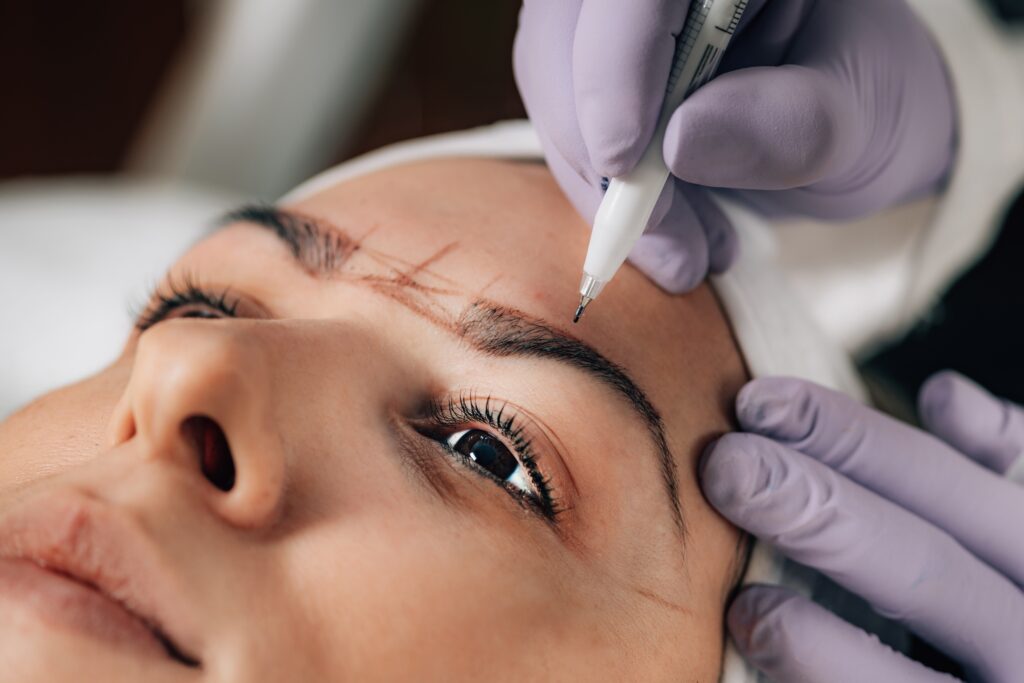Eyebrow Tattooing has become one of the most popular semi-permanent makeup procedures in Asia. It provides people with uneven, sparse, or no natural eyebrows a quick solution for regaining confidence and improving their appearance. However, there are cases where someone may want its removal due to a change in preferences, substandard workmanship, or an adverse reaction.
If anyone is considering semi-permanent makeup removal, there are several methods to choose from. Here are 4 removal options to consider:
- Laser Removal: Laser removal is a popular and effective method for removing semi-permanent makeup. It involves using laser technology to break down the pigments in the skin. The laser emits high-intensity light that is absorbed by the pigments, causing them to break up into smaller particles. The body’s natural healing process then helps eliminate these fragmented pigments over time. Multiple sessions may be required to achieve the desired results, and the number of sessions depends on factors such as the size, color, and depth of the pigments.
- Saline Removal: Saline removal is a lesser popular technique used to remove semi-permanent makeup. It involves injecting a saline solution into the skin using a tattoo machine or similar device. The saline solution works to lift the pigments to the surface of the skin, where they can be removed using a sterilized tool, such as a microblade or tattoo needle. This method is often used for correcting or lightening pigments, rather than completely removing them. Like laser removal, multiple sessions may be necessary for optimal results.
- Microneedling: This procedure involves using a device that contains tiny needles to create controlled punctures in the skin. These tiny punctures break down the pigments, allowing the body’s natural healing process to eliminate them gradually. Microneedling is less invasive than laser removal and is suitable for individuals with sensitive skin. Similar to other removal methods, multiple sessions may be required to achieve the desired outcome.
- Surgical Excision: This removal process is a more invasive method that involves surgically removing the pigments from the skin. This method is typically used for small areas of semi-permanent makeup and is not recommended for larger tattoos. During the procedure, a dermatologist or plastic surgeon will carefully remove the pigmented area of the skin. The wound is then sutured, and proper aftercare is necessary for healing.
Before undergoing permanent makeup removal, it is important to schedule a consultation with a trained professional to discuss the individual case and determine the most suitable method of removal. It is also important to know the potential risks and side effects of the removal procedure, such as pain, scarring, hyperpigmentation, etc. After the procedure, carefully following the aftercare instructions provided by the technician is critical in the healing process and in preventing infection. Avoiding direct sunlight, applying ointments, and avoiding makeup for a certain period of time may be some of the aftercare instructions a technician may provide.
In most cases, semi-permanent makeup removal is a safe and effective procedure when performed by a trained professional using safe and effective techniques. By considering the different methods and following the appropriate aftercare, it is possible to remove permanent makeup successfully and regain control of your appearance.



